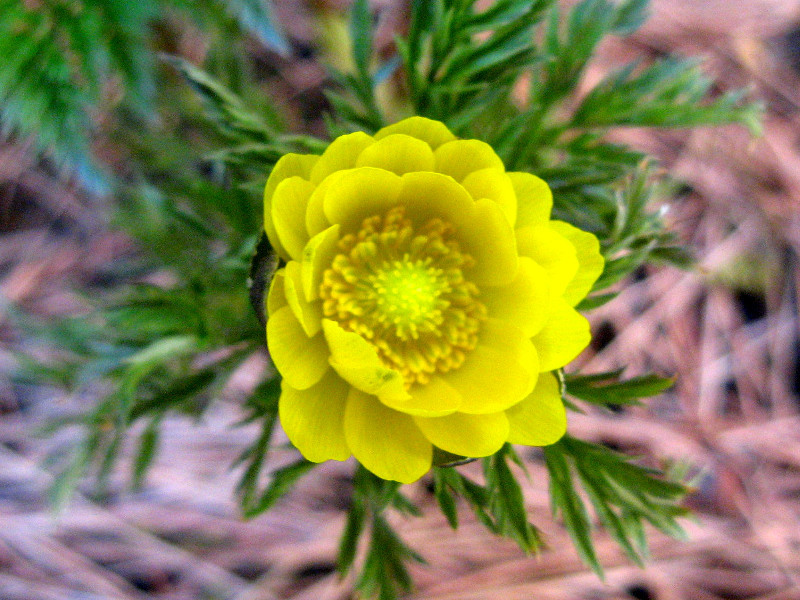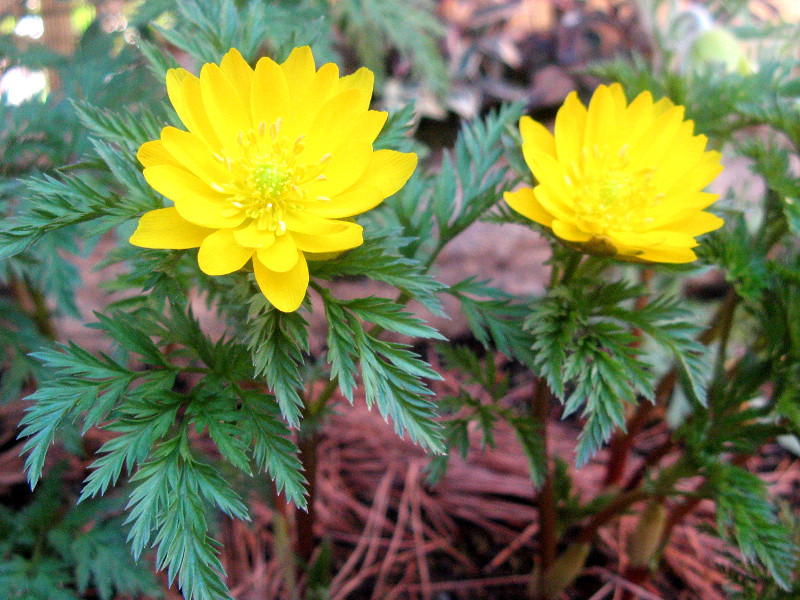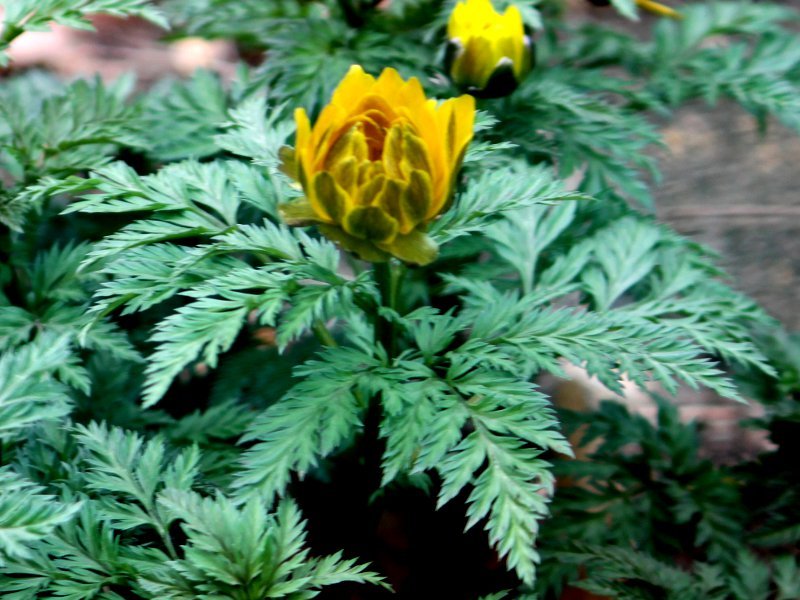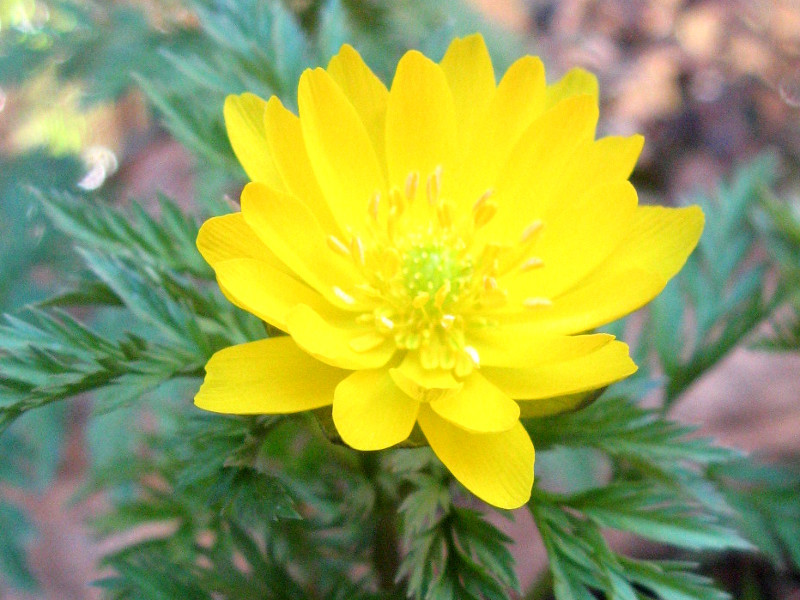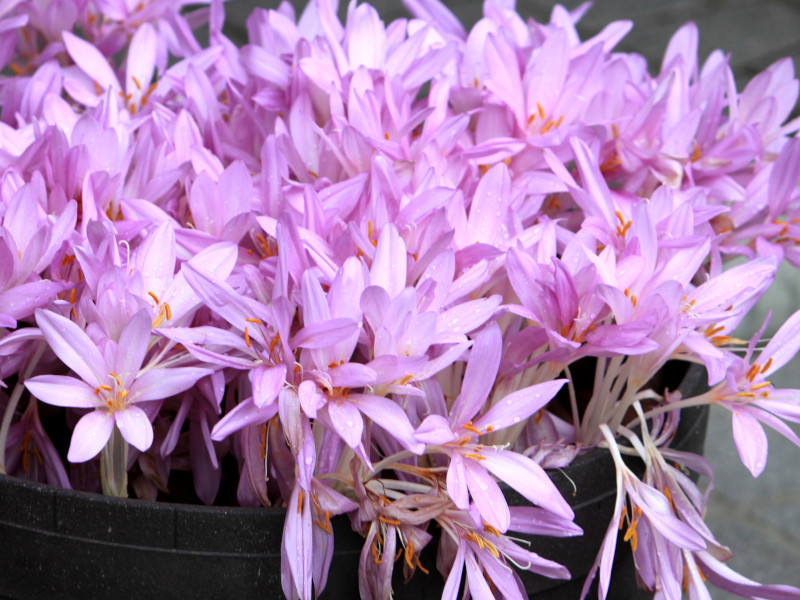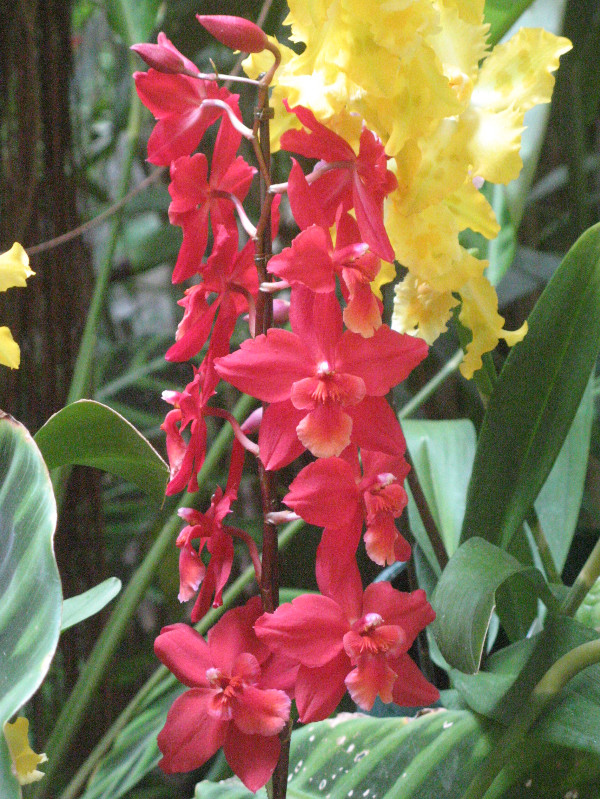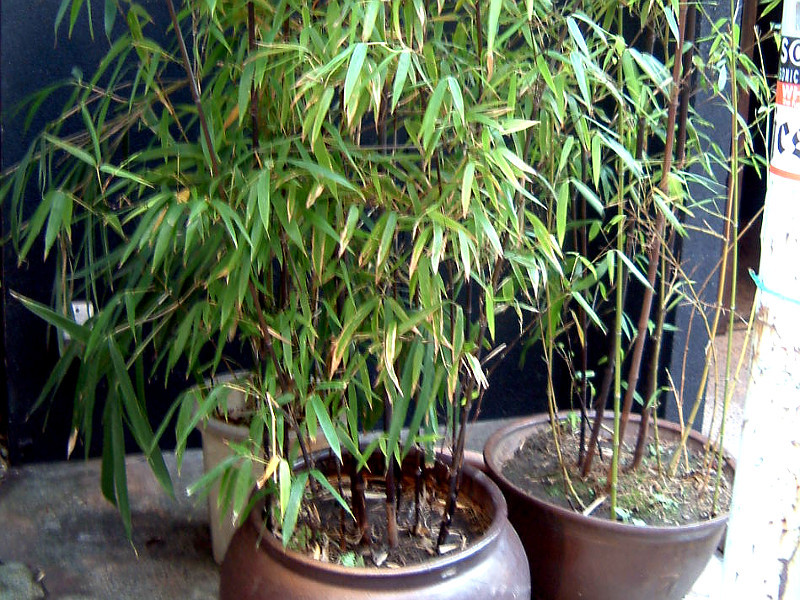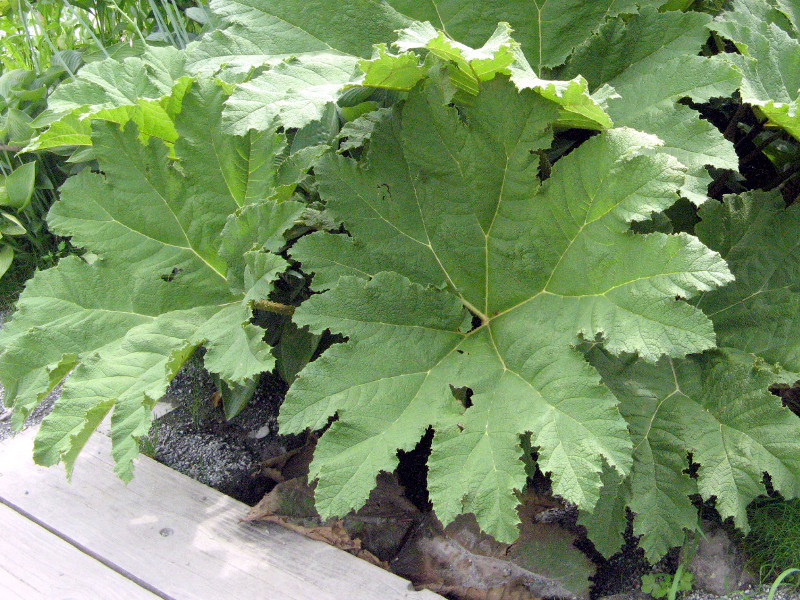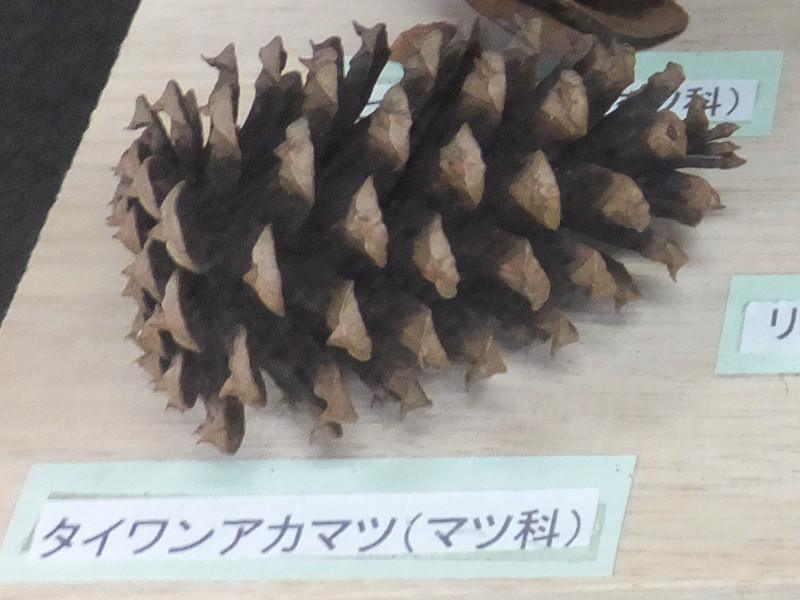Adonis amurensis
- Flower nameAdonis amurensis
- Scientific nameAdonis ramosa
- Alias元日草, 福寿草, ガンジツソウ, Far East Amur adonis, アドニス・ラモサ
- Place of originEast Asia including Japan
- Place of floweringGarden, Low mountains
- Flowering seasonFebruary, March, April
- Language of flowersBring happiness
What is Adonis amurensis
Adonis amurensis (scientific name:Adonis ramosa) is a cold-tolerant perennial plant in the family Ranunculaceae, which is native to East Asia such as Japan.
It is said to be the heralding flower of spring, and its yellow, double-flowered flowers bloom in the mountains and Japanese gardens in early spring. It produces yellow flowers before the leaves appear, so at first only the flowers bloom and then the leaves appear. Its Japanese name is "Fukujuso", which means "lucky" in Japanese, so it is also used for planting at New Year's parties. The flower color is yellow, and other garden varieties include red and green. The flowers are dainty, but the whole plant is poisonous because it is part of the buttercup family.
The language of the flower is "inviting happiness".
Common name: Adonis amurensis, scientific name:Adonis ramosa, aka: new year's day grass , Far East Amur adoni,
Place of Origin: Japan and other East Asian countries, Distribution: Hokkaido - Shikoku, Type of Life: Cold-tolerant perennial, Height: 15-40 cm, Leaf emergence: post-flowering; leaf shape: two or three oddly-shaped compound leaves; petiolar shape: ovate with deep lobes; petiole: alternate; margin: lobes + serrations; leaf blade: lobes + serrations
Hermaphroditic flowers, diameter: 3-4 cm, color: yellow, rarely red, orange, white, many calyxes, 5-8 sepals, 20-24 petals, Number of stamens: many stamens; multiple stamens; flowering period: February to April; fruit type: emaciated; fruit shape: long oval. Remarks: Asteraceae with many flowering leaflets, insectivorous flowers, breeding methods: stocking, seeds.
